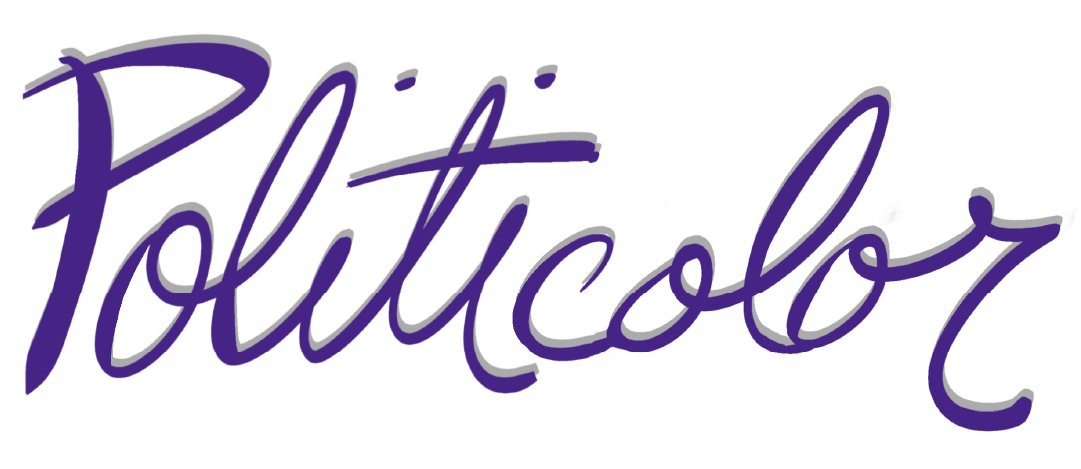I nearly titled this post, “Seth’s People of Circles.” His extension of Will’s boxes included adding all kinds of little circles to the red box indicating the many different groups present in the American people.
Religious groups, community organizations, and even some families may earnestly assert a covenant they’ve made and hold above that of our covenant as one American people. Does this suggest we aren’t one American people?
Whether it’s studying Aristotle or Federalist No. 2, there’s always someone who isn’t buying it. Are we really one people? Were we ever one people? Do we have any shared ideas about the common good Perhaps this is all “theoretical fun.”
According to Federalist No. 2, we are one…
“…united people, a people descended from the same ancestors, speaking the same language, professing the same religion, attached to the same principles of government, very similar in their manners and customs, who, by their joint counsels, arms and efforts, fighting side by side throughout a long and bloody war, have nobly established their general Liberty and Independence.”
It’s a pleasant thought but it’s no more true now than it was then. Federalist No. 14 adds that we consecrate our union with, “the mingled blood” shed in defense of sacred rights.
It’s hard to imagine this pride in standing together, fighting together, and sometimes dying together doesn’t speak to some idea of a shared past and shared destiny. It’s still fair, however, to ask if that’s enough.
A passage from Sanford Levinson’s Constitutional Faith offers an alternative…
“Indeed, one reason for the emphasis on reverence for the Constitution, whether articulated by Lincoln or by present-day figures, is the realization that there may be no other basis for uniting a nation of so many disparate groups. The Constitutuion thus becomes the only principle of order, for there is no otherwise shared moral or social vision that might bind togehter a nation.”
It’s the Constitution then that carves out and defines the American polity. It’s a statement of our shared vision we recur to throughout time. While the American people grow more and more diverse, the Constitution represents a fixed star to shape our discussions and influence our decisions.
In some ways it’s timeless as it presents our past understanding to our current circumstances and demands we interpret those commitments for our future well-being. In other respects the Constitution is a testimony to the time we’ve invested through events like the Civil War or the trail of case law protecting the minority groups from the majority. It communicates who we once were, who we are, and who we’re committed to becoming in the future.
If we return to John Jay’s Federalist No. 2, it’s through the Constitution that we have a shared language and mutual understanding of the principles of government. We have the same civic heritage with established manners and customs. Indeed these commitments are often referred to as our civic religion.
Does this then render us as one American people?
